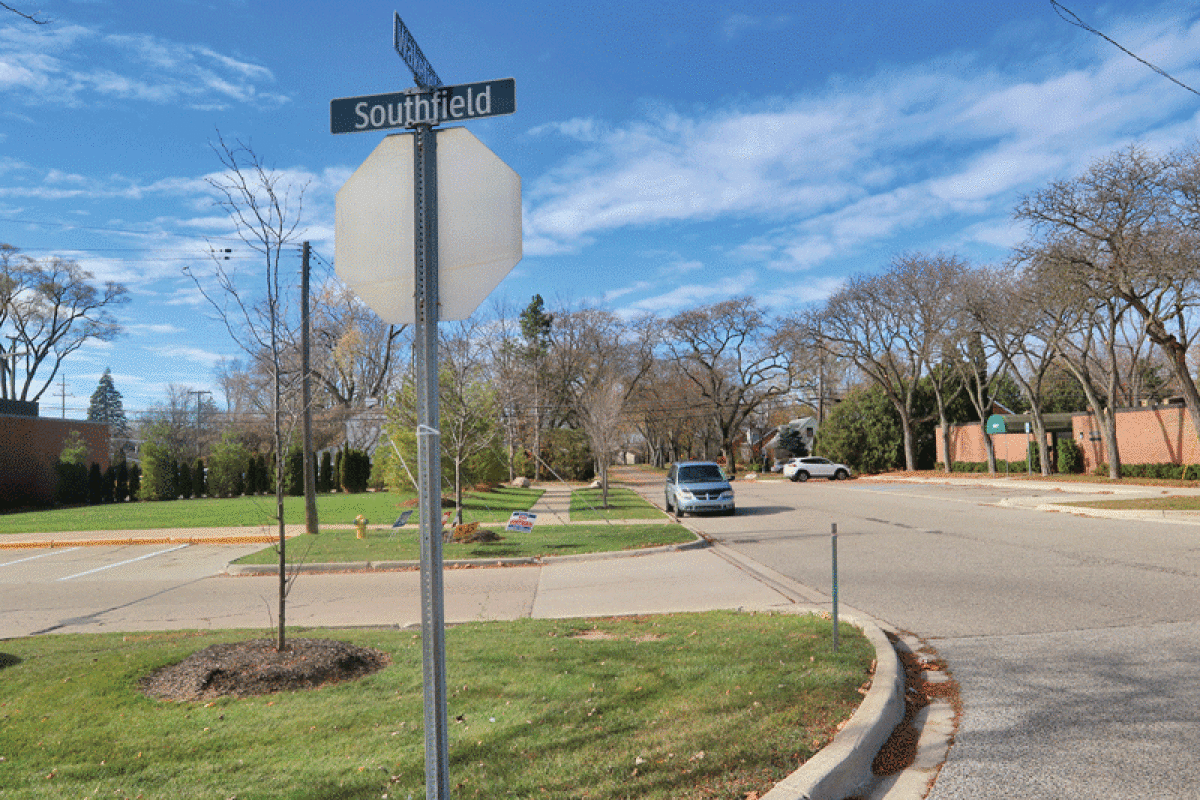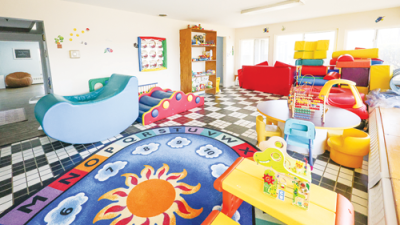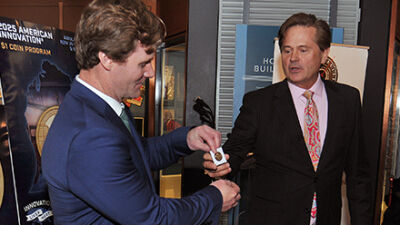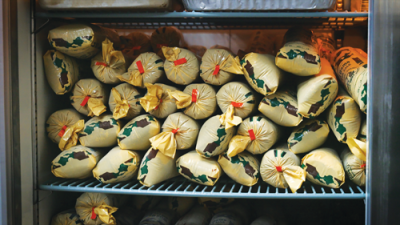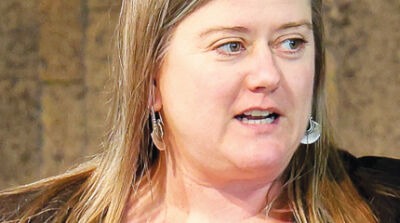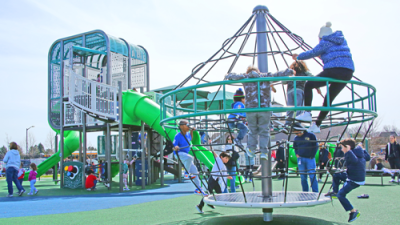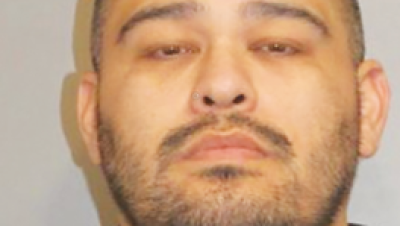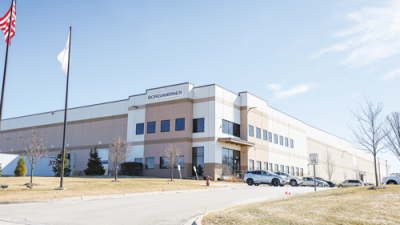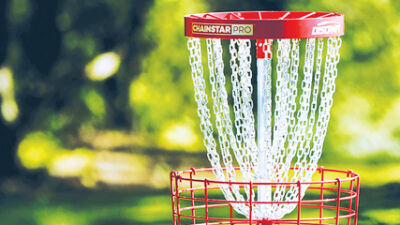BIRMINGHAM — Throughout the last couple of decades, the parks and recreation master plan has listed certain sites as “mini-parks,” but it was brought to city officials’ attention that no formal designation of these sites has ever been made by the City Commission.
The Department of Public Services looked into the history of the designation of two parcels as park property and reported their findings at an Oct. 24 City Commission meeting.
The “south well sites” are located at the southwest corners of Southfield Road and Wakefield, and Southfield Road and Southlawn.
In the DPS’s record search, Parks and Recreation Manager Carrie Laird reported, they found that the property consisting of lots 301-303 and the north half of lot 304, referred to as the Southfield well site, was conveyed to the city of Birmingham in August 1940 as a site for a well.
Lots 291-298, at the southwest corner of Southfield Road and Southlawn, were also conveyed to the city, in February of 1941, to be used as a well site. Ten years later, it became public property again.
Now, neither of these properties is being used as a well site.
In March 1980, they found that there was a discussion with the Planning Board and City Commission to rezone the Southfield well site, but no official action was made, and the property was not designated as a park at that time.
It was found that in the parks and recreation master plan 2000-2005, these properties are all classified as mini-parks. They have held this designation as mini-parks in every parks and recreation master plan since.
At the recent City Commission meeting, the Parks and Recreation Board recommended that all of the parks listed in the parks and recreation master plan — including what are known as the Baldwin well, Derby well, Redding well and south well sites — be officially designated as mini-parks in the city inventory.
However, city staff posed a different resolution, recommending that only the south well sites be designated as parks and the rest of the sites placed on a future Parks and Recreation Board agenda for further review.
City Manager Tom Markus said he initiated this agenda item in part because of questions that were being raised about how some of the properties could or could not be used. He did not recall the City Commission ever taking formal action on these properties as parks, so he asked staff to look into it.
“These properties were not bought for the intention of using them as parks. They were bought with utility funds, and I’m not opposed, in fact, I recommend that these actually be designated parks, but that’s a decision of the commission,” Markus said.
Markus said he thinks some of the sites in question should be evaluated based on if they should be designated as a park.
Commissioner Clinton Baller added to the meeting’s discussion saying, “My concern is how this property is used, and sometimes what you call something has an impact on use.”
Baller added that it is important to him that the City Commission has options for what is done with the land, and he was skeptical about making a declaration on these properties late in the night at the meeting, when people may not all be thinking clearly.
“I’m concerned that a declaration of what this is might affect or limit how it could be used in the future,” Baller said.
Markus said that, just like many of the city’s parks, it would go through a master planning process, which engages the whole public.
“We’re moving along that path, because this stuff is in the plan without even having it designated as a park to begin with,” Markus said. “We were just letting others besides this commission, which are the ones that are authorized to make that decision, just throw it in a plan.”
The City Commission ended up unanimously passing the resolution recommended by city staff.
 Publication select ▼
Publication select ▼